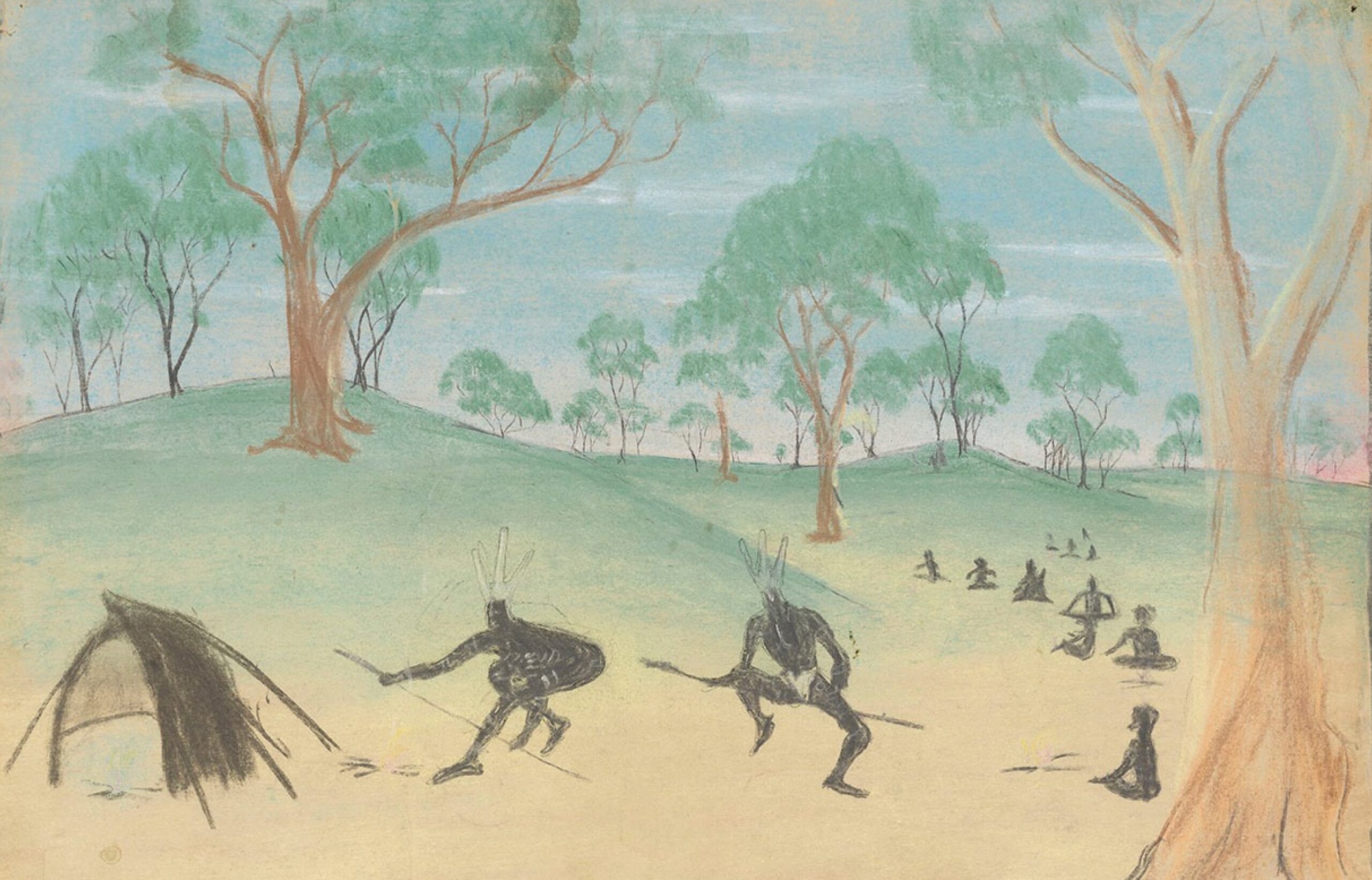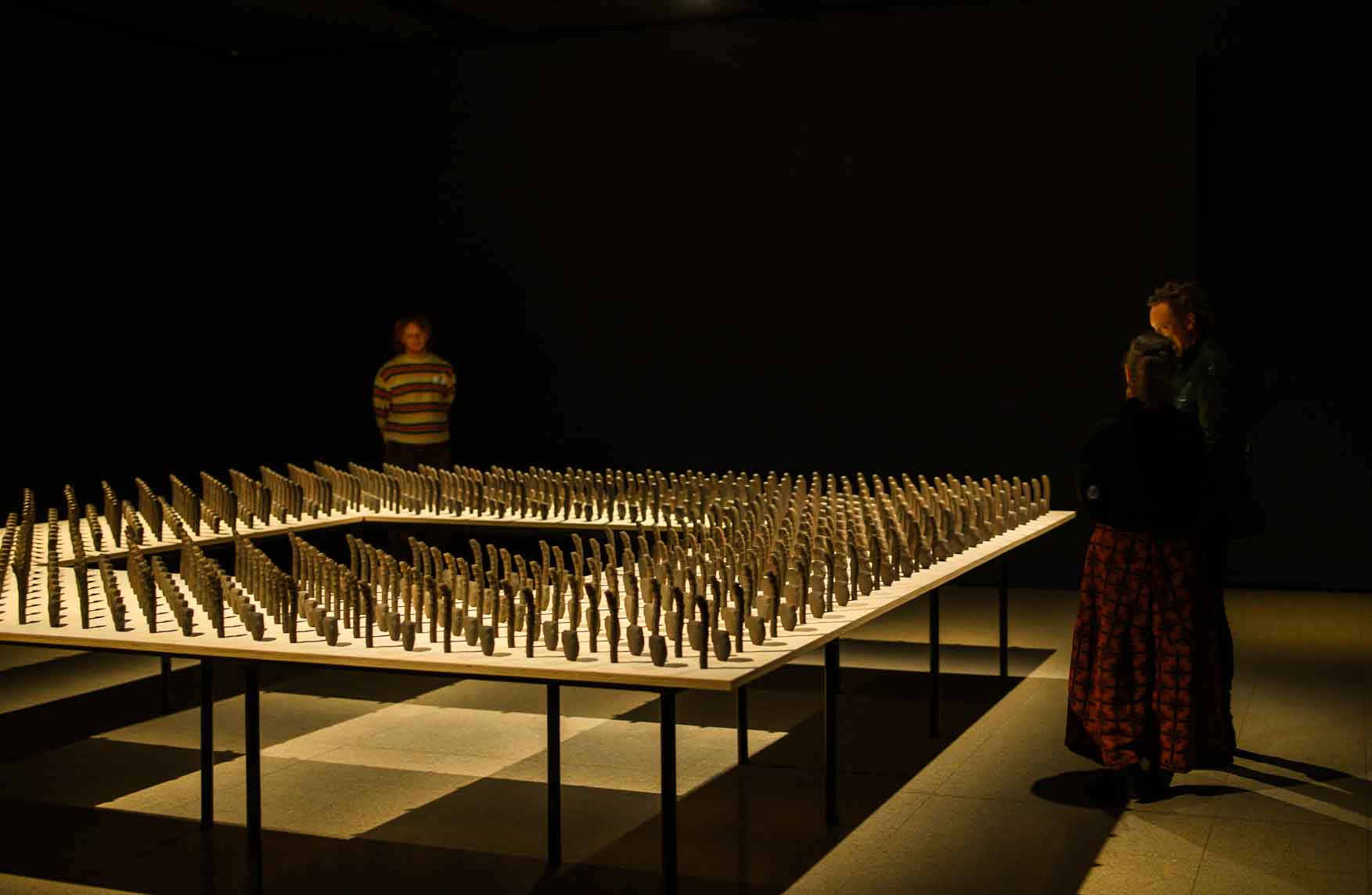Curtin University’s commitment to deliver public art on campus has been an important part of the distinctiveness of this educational environment since 1968 and, like the Campus Display program, is linked to the origins of the Curtin University Art Collection. At that time, the Western Australian Institute of Technology’s Council agreed to provide a percentage of the construction cost of the campus’ new buildings to commission artworks, one of the very first institutionalised percent for art schemes in Australia. This commitment is ongoing and there are new works being commissioned right now.
Public Artworks are purchased or commissioned as a way of enhancing the built environment and activating the public spaces of the University. These, in conjunction with the Campus Display Program, interface the Curtin University Art Collection with the public realm. This is integral to establishing the identity of Curtin University as a cultural hub. Having art freely available in everyday contexts provides critical opportunities for learning, enjoyment, connection and curiosity.
Initial commissions reflect the Art Acquisition Committee’s desire to improve the visual landscape within the stark built environment of WAIT, as well as the institution’s commitment to innovation and excellence. Early commissions include Howard Taylor’s Tree Forms (1971) and Steven Walker’s Transitions (1975) – which was considered at that time to be one of the largest and most significant commissions in Australia.
Today, while we continue our commitment to excellence and innovation, Curtin has also developed the Living Knowledge Stream Guidelines, in partnership with elder, Dr Noel Nannup. The guidelines articulate how we communicate the story of the Indigenous song lines through our built environment. Ensuring that the context, history and continuing stories of this place (Bentley) are reflected in the visual markers, architecture, landscaping and artworks that are overlaid. The two song lines that traverse the campus, the Kujal Kela (Twin Dolphin) and Djiridji (Zamia), respond to energy flow or energy lines that are connected to and follow the historic underground and surface water flows which support life.
Recent commissions include CLIFF, an artwork by Sydney-based artist Janet Laurence, Winin Katidjin Bilya (Living Knowledge Stream), created by Kamsani Bin-Salleh, and Warden-au-Maia Walkinyiny (Sound of the Ocean), a collaborative work by Justin Martin, Susan Milne and Greg Stonehouse.
You can also take a self-guided tour.
For an audio guided tour of the beautiful gardens, artworks and sculptures on our Bentley campus, download the (opens in a new window) pdf map and scan the QR codes to listen – or you can view the (opens in a new window) full playlist of all the audio clips.
The John Curtin Gallery periodically offer walking tours around the campus. Keep an eye on the ‘What’s On’ page if you are interested in learning more about Curtin University Art Collection works in the Public Realm.



